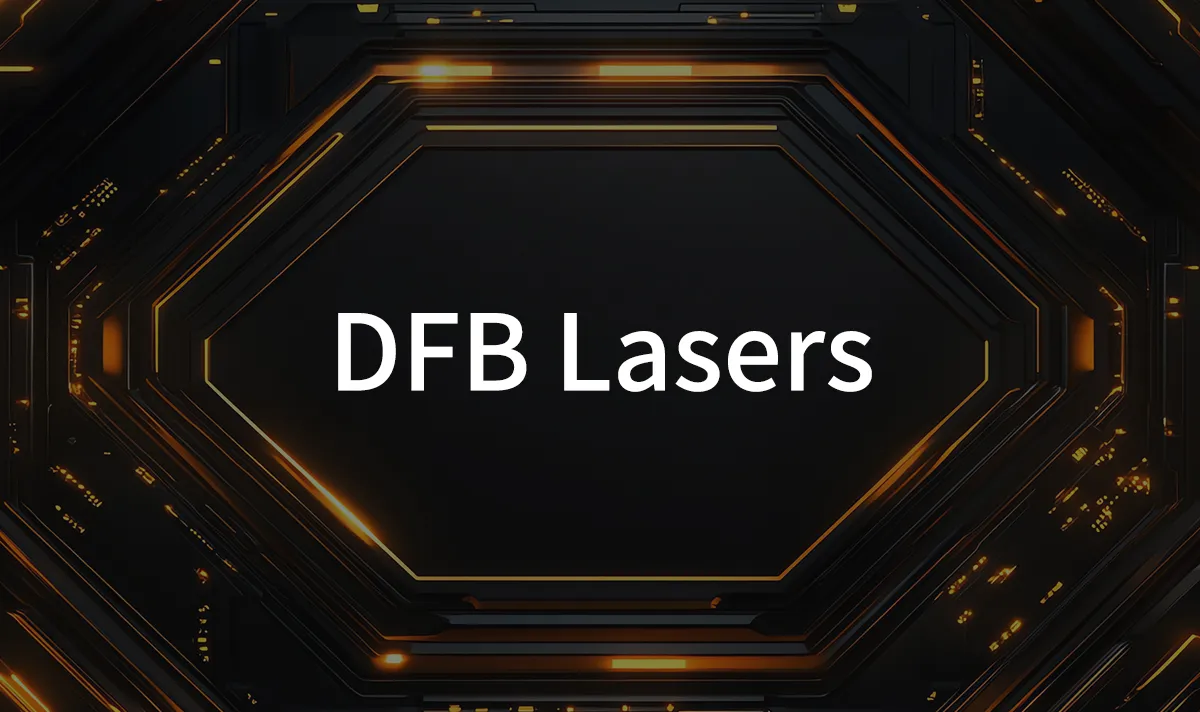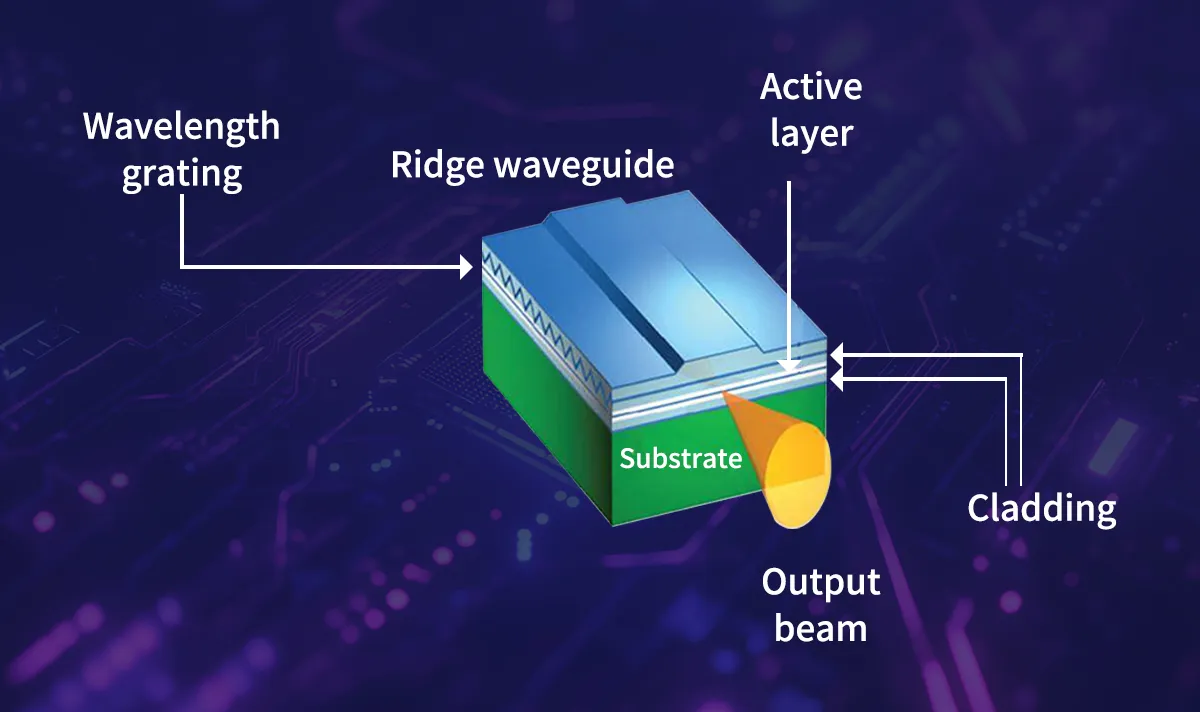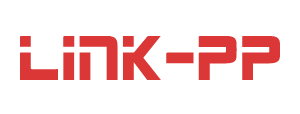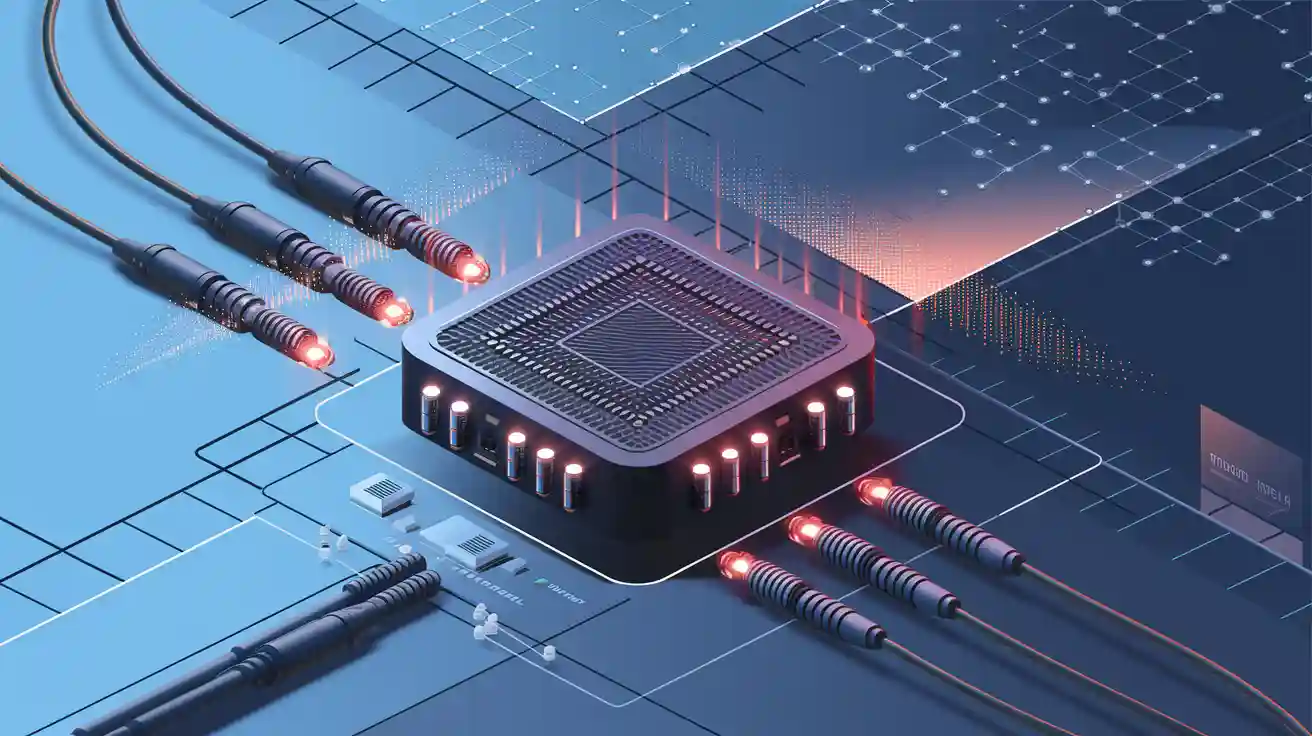
In the field of fiber optic communications, laser diodes are at the heart of every optical transmitter. Among them, the Distributed Feedback (DFB) laser stands out due to its high performance, stability, and suitability for long-distance, high-speed optical links. This blog explores what a DFB laser is, its working principle, its advantages, and how it compares to Fabry–Pérot (FP), and VCSEL lasers.
🔍 DFB Laser Definition
A DFB laser (Distributed Feedback Laser) is a type of semiconductor laser diode where a periodic structure (called a Bragg grating) is integrated directly into the active region of the laser. This grating provides distributed optical feedback, enabling the device to emit light at a single wavelength with high spectral purity.
Unlike Fabry–Pérot lasers, which rely on end mirrors for feedback and emit multiple wavelengths (multi-mode), DFB lasers suppress side modes and deliver a narrow-linewidth, single-mode output.
🧩Key Components of a DFB Laser
Active Region: The semiconductor gain medium where stimulated emission occurs.
Bragg Grating: A periodic structure within the active region that reflects specific wavelengths, enforcing single-mode operation.
Phase-Shift Structure: Often a λ/4 phase shift is introduced to further stabilize single-mode output.
Facet Coatings: One end typically has an anti-reflection (AR) coating, while the other has a high-reflection (HR) coating to optimize output and feedback.

⚙️ How Does a DFB Laser Work?
The working principle of a DFB laser is based on Bragg reflection. Here’s how it works:
Current injection into the active region excites electrons and holes.
Their recombination generates photons (light).
A Bragg grating—a periodic change in the refractive index—is embedded in the active region.
The grating reflects only a specific wavelength (the Bragg wavelength), forming a standing wave.
This causes constructive interference at the desired wavelength, reinforcing one longitudinal mode and suppressing others.
🆚 Comparison with Other Laser Types
DFB vs. FP vs. VCSEL: Key Differences
Feature / Laser Type | FP Laser | DFB Laser | VCSEL |
|---|---|---|---|
Emission Direction | Edge | Edge | Vertical |
Spectral Linewidth | Broad | Very narrow | Moderate |
Wavelength Stability | Poor | Excellent | Good |
Modulation Speed | Medium | High | High |
Mode Control | Single-mode | Single-mode | Multi-mode |
Fiber Type | SMF | SMF | MMF |
Typical Wavelengths | ~1310 nm | 1270–1610 nm | ~850 nm |
Typical Application | Legacy, medium-short links | Data centers, WDM, telecom | Short-reach, low-cost modules |
Cost | Low | Medium–High | Low |
📈 Why Are DFB Lasers Used in Optical Transmitters?
DFB lasers are widely used in optical transceivers for several key reasons:
Feature | Benefit to Optical Transmitters |
|---|---|
Wavelength Stability | |
Narrow Linewidth | Enables high-speed modulation and low dispersion |
Single-Mode Output | Reduces interference and crosstalk in dense networks |
Low Chirp | Maintains signal integrity over long fiber runs |
Tunable Output | Useful for channel spacing in WDM systems |
🔗 Looking for DFB Laser Optical Transceivers?
At LINK-PP, we offer a full range of optical modules powered by DFB lasers, such as:
LS-CW6110-10C: CWDM SFP+ 10G transceiver for 40 km
LS-CW5910-10C: 10G SMF Optical Transceiver with DOM
Custom OEM modules for CPRI/eCPRI applications
LINK-PP DFB laser transceivers are fully compatible with major brands and meet rigorous telecom standards.


